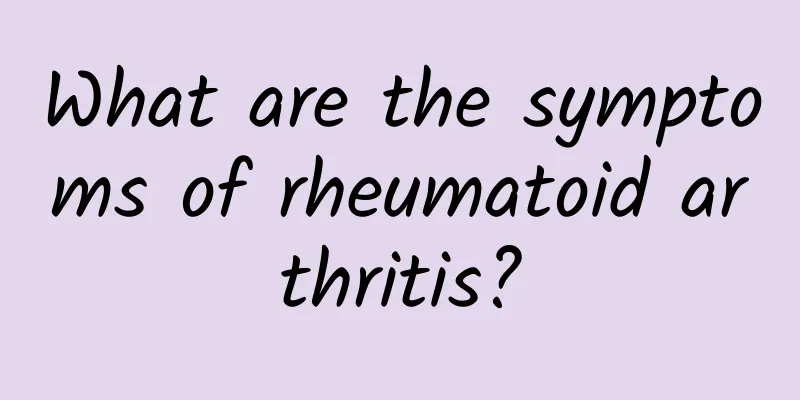What is malaria?

|
There are many common types of diseases in life. When treating diseases, we must first have a good understanding of the disease. In this way, when treating the disease, we will know what method is the best choice. So what is malaria? This is an infectious disease. Such diseases are very harmful to human health, and such diseases require good methods when treating them. Many people do not know much about what malaria is. Before treating this disease, you must have a good understanding of it so that you know how to treat it best and it will not cause any harm to your health, so you can choose it with confidence. What is Malaria? Malaria is a vector-borne infectious disease caused by Plasmodium through the bite of Anopheles mosquitoes or transfusion of blood from people carrying Plasmodium. There are four types of malarial parasites that parasitize humans, namely Plasmodium vivax, Plasmodium malariae, Plasmodium falciparum and Plasmodium ovale. In my country, the main species are Plasmodium vivax and Plasmodium falciparum; the other two species are rare, and some cases imported from abroad have occasionally been seen in recent years. Different malarial parasites cause vivax malaria, malaria malariae, falciparum malaria and ovale malaria. The main manifestations of this disease are periodic regular attacks, with chills, fever, and sweating all over the body. After long-term and multiple attacks, it can cause anemia and splenomegaly. symptom: 1. Incubation period The period from human infection with Plasmodium to onset of disease (oral temperature exceeds 37.8℃) is called the incubation period. The incubation period includes the entire infrared period and the first reproductive cycle of the intraerythral period. The general duration of Plasmodium vivax malaria and Plasmodium ovale malaria is 14 days, that of falciparum malaria is 12 days, and that of Quarternary malaria is 30 days. Different amounts and strains of infectious protozoa, differences in human immunity, and different modes of infection can all result in different incubation periods. In temperate regions there are so-called long-latency strains, which can last up to 8 to 14 months. The incubation period of transfusion infection is 7 to 10 days. For fetal-transmitted malaria, the incubation period is even shorter. The incubation period may be prolonged for people with a certain level of immunity or who have taken preventive medication. 2. Chilling period Sudden chills, first in the extremities, then in the back and whole body. The skin has goose bumps, the lips and nails are cyanotic, the face is pale, and there are muscle and joint pains all over the body. Then the whole body starts to shiver and the teeth chatter. Some people cannot stop shaking even by covering themselves with several quilts. The shaking lasts for about 10 minutes or even an hour, and then the chills stop naturally and the body temperature rises. Patients often feel seriously ill during this stage. 3. Fever period After the feeling of cold disappears, the face turns red, cyanosis disappears, and the body temperature rises rapidly. Usually, the more obvious the coldness, the higher the body temperature, which can reach above 40°C. Patients with high fever suffer unbearable pain. Some tossed and turned restlessly, groaning incessantly; some were delirious, staring into space, or even convulsing or unconscious; some suffered from severe headaches and persistent vomiting. The patient has red face and shortness of breath; conjunctival congestion; burning and dry skin; rapid and strong pulse; and short and dark urine. They often complain of palpitations, thirst, and desire for cold drinks. It lasts for 2 to 6 hours, and sometimes even more than 10 hours. Herpes is common on the lips and nose after several attacks. Through the above introduction, we have a good understanding of what malaria is. The treatment of such a disease also takes some time. Moreover, if the disease is serious, we must be careful not to choose the treatment method at will during treatment, otherwise it will cause other problems to the human body. Patients and their families must pay attention to this. |
>>: Pelvic inflammatory disease treatment device
Recommend
What to do if you catch a cold in summer? Diet therapy to avoid heat colds
In the hot summer, people often suffer from heat ...
What are the causes of tinnitus in the right ear? Ignoring it will cause great harm!
When tinnitus occurs, many people do not pay imme...
What are the herbs for replenishing kidney yang deficiency?
Western medicine treatment is the most common way...
What are the benefits of jujube tree roots
The roots of the jujube tree have certain medicin...
Vagina protrusion
If a female friend finds a protruding piece of fl...
There is a pimple on the back of the child's head that can be moved. What's going on?
If a child has a lump on the back of his head and...
I'm so sleepy but I can't sleep, what should I do?
After a busy day, it was almost early morning. I ...
Is there any harm in using an electric potential therapy device? What is the effect
I believe that many people often see potential th...
How to treat typhoid fever? What is the cause of the disease?
In our daily life, we must exercise regularly and...
Poria cocos effects and functions
Poria cocos is a common herbal Chinese medicinal ...
Can cerebellar infarction be recovered?
Cerebellar infarction is a type of cerebral infar...
What is the best way to treat tinea versicolor?
Skin diseases are very common symptoms in life. Al...
Out of breath climbing stairs
When we go upstairs, we will all feel out of brea...
What are the benefits of tapping the belt meridian?
With the improvement of people's daily living...
What are the treatments for urticaria?
Many people will have a headache when they encoun...









